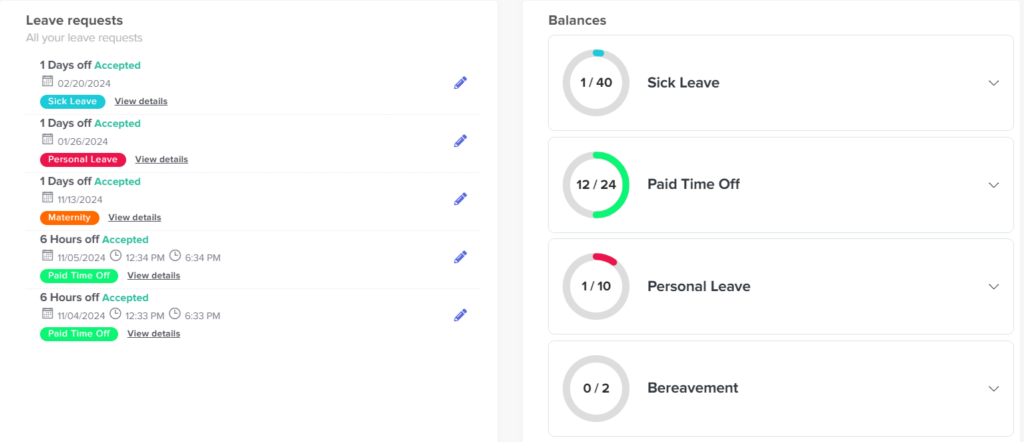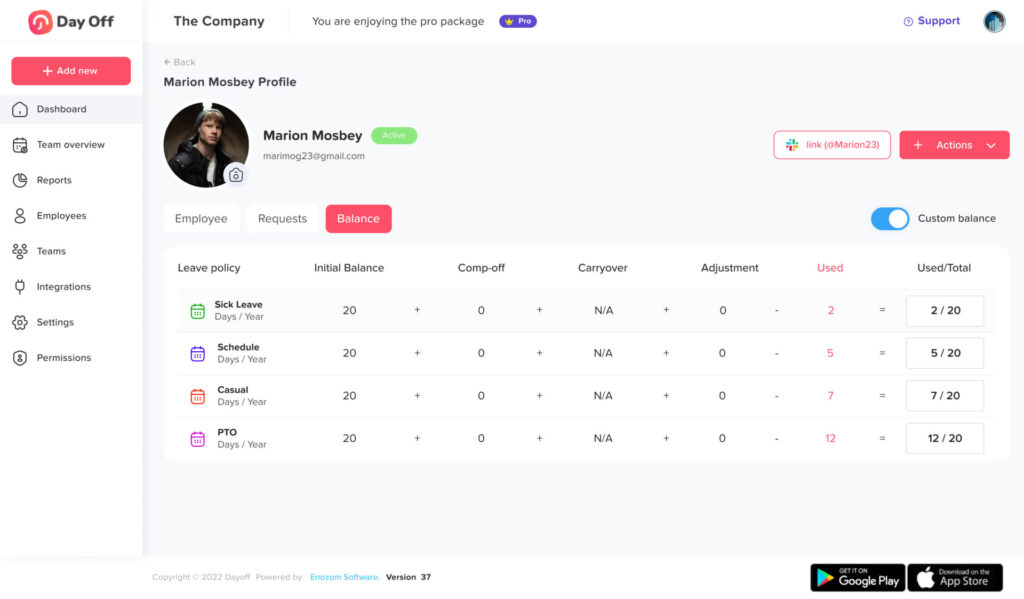Last minute time off requests are an inevitable part of managing a workforce. While planned vacations and absences can be accommodated with relative ease, unexpected requests can disrupt workflow, affect productivity, and challenge even the most seasoned managers. However, with the right strategies and a proactive approach, employers can handle these situations effectively, ensuring minimal disruption while respecting employees’ needs. This article explores practical ways to deal with last minute time off requests, offering insights and examples to guide employers through these challenges.
Understanding the Impact
Last minute time off requests can stem from a variety of reasons, including personal emergencies, health issues, or unforeseen circumstances. While it’s crucial to support employees during such times, it’s equally important to consider the impact on the team and the overall operation. Potential consequences include delayed projects, increased workload for other team members, and in some cases, a hit to team morale.
Establishing a Clear Policy
The foundation of effectively managing last minute time off requests is a clear, well-communicated policy. This policy should outline:
- Notification Requirements: Specify how much notice employees need to give for different types of leave, acknowledging that some situations may not allow for advance notice.
- Approval Process: Detail the steps employees should follow to request time off, including who to contact and what information to provide.
- Criteria for Approval: Clarify the conditions under which last-minute requests will be considered, such as the nature of the emergency or the business’s current workload.
A transparent policy ensures that employees understand the expectations and procedures, which can help reduce the frequency of last-minute requests.
Promoting Open Communication
Encourage an open-door policy where employees feel comfortable discussing their needs for time off, even on short notice. Open communication can lead to early warnings about potential absences and foster a supportive workplace culture. When employees feel their personal circumstances are respected, they are more likely to be understanding of any limitations or requirements the employer must enforce.
Implementing Flexible Solutions
Flexibility can be a valuable tool in managing last minute time off requests. Consider the following approaches:
- Cross-Training: Prepare for unexpected absences by cross-training employees on different roles. This strategy can help maintain productivity when someone is away.
- Flexible Scheduling: Where possible, offer flexible scheduling options that allow employees to make up lost time or swap shifts with colleagues.
- Remote Work: If the nature of the job allows, consider permitting the employee to work from home rather than taking the entire day off.
These solutions can minimize the impact on the business while accommodating employees’ needs.
Leveraging Technology
Technology can streamline the process of managing time off requests. Use scheduling software that allows employees to submit requests electronically and enables managers to see the potential impact on the team’s workload instantly. This visibility can aid in making informed decisions quickly.
Setting Priorities
When faced with a last minute request, assess the current priorities and workload. Determine if the absence will critically affect any ongoing projects or deadlines. Sometimes, rearranging priorities or deadlines can provide a temporary solution that accommodates the employee’s needs without harming the business.
Examples of Handling Last Minute Time Off Requests
- Scenario 1: An employee needs an unexpected day off due to a family emergency. The manager reviews the team’s workload and realizes that delaying a non-critical project by a day will not have significant consequences. The request is approved, and the team is informed of the temporary shift in priorities.
- Scenario 2: During a peak period, an employee requests time off on short notice for a personal matter. Given the impact on operations, the manager offers the option of a half-day off, with the possibility of remote work to fulfill the rest of the day’s responsibilities.
How Employers Can Respond to Last Minute Time Off Requests
Handling last-minute time off requests with tact and professionalism is essential, regardless of whether the request is approved or denied. Below are examples of how employers can respond to these requests, providing a blueprint for communication that balances empathy with the needs of the business.
Acceptance of Last Minute Time Off Requests
Example 1: Personal Emergency
Subject: Time Off Request Approval
Dear [Employee Name],
I hope this message finds you well. I wanted to let you know that your request for time off due to the personal emergency you mentioned has been approved. We understand that unexpected situations arise, and it’s important to us that you have the time you need to address your personal matters.
Please don’t worry about work; we’ll manage the workload in your absence. [If applicable, insert any specific instructions or information about who will cover their duties or any actions they need to take before leaving.]
Take care and let us know if you need any further assistance or if there’s anything we can do to support you during this time.
Best regards,
[Your Name]
[Your Position]
Example 2: Short-Notice Vacation Request
Subject: Time Off Request Approval
Hello [Employee Name],
Thank you for submitting your time off request. After reviewing the team’s current workload and coverage, I’m pleased to inform you that your request for [specific dates] has been approved.
We appreciate your efforts to communicate this need as early as possible under the circumstances. [If applicable, mention any arrangements for coverage or expectations during their absence.]
Enjoy your time off, and feel free to reach out if you have any questions before you leave.
Warm regards,
[Your Name]
[Your Position]
Rejection of Last Minute Time Off Requests
Example 1: Critical Business Period
Subject: Time Off Request
Dear [Employee Name],
Thank you for reaching out with your request for time off. I understand how important this is to you, and I’ve carefully considered your request in the context of our current business needs.
Unfortunately, due to [specific reason, e.g., a critical project deadline or peak operational period], we’re unable to accommodate your request at this time. We rely heavily on each team member’s contribution, especially during periods like this.
I’m genuinely sorry for any inconvenience this may cause and am more than willing to work with you to find an alternative solution or a better time for your time off in the near future.
Please let’s schedule a time to discuss this further or explore other ways we might be able to support your needs during this time.
Best,
[Your Name]
[Your Position]
Example 2: Insufficient Coverage
Subject: Time Off Request Review
Dear [Employee Name],
I hope you’re doing well. I’ve received and reviewed your last-minute request for time off. Given our current staffing levels and the specific roles and responsibilities that need coverage, I regret to inform you that we cannot approve the time off for the dates requested.
We understand the importance of work-life balance and personal time off; however, ensuring we have sufficient coverage to meet our operational commitments is also a priority.
Could we discuss potential alternatives? Perhaps there’s flexibility in your dates, or we might explore other options that could work for both you and the team.
Thank you for your understanding and cooperation. Looking forward to finding a solution together.
Sincerely,
[Your Name]
[Your Position]
Conclusion:
Last minute time off requests are a complex aspect of workforce management, requiring a balance between operational needs and employee well-being. By establishing clear policies, promoting open communication, implementing flexible solutions, and leveraging technology, employers can navigate these requests effectively. The goal is to create a responsive and understanding work environment that accommodates unexpected personal needs while maintaining productivity and team morale.














